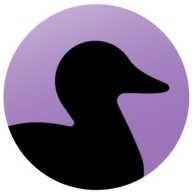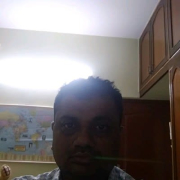

Contrast Security Assess and Coverity are both prominent contenders in the static application security testing market. While Contrast Security Assess is favored for its cost-effectiveness and excellent support, Coverity is recognized for its extensive feature set, offering a more robust solution.
Features: Contrast Security Assess provides continuous threat assessment, real-time analysis, and streamlines the security process. Coverity integrates seamlessly with development tools and offers robust integration capabilities alongside comprehensive feature options.
Room for Improvement: Contrast Security Assess could enhance its detailed reporting and alert customization, and there is a suggestion for more comprehensive user training. For Coverity, improvements can be made in scan performance, reducing false positives, and enhancing user interface responsiveness.
Ease of Deployment and Customer Service: Contrast Security Assess offers straightforward deployment and efficient customer support. Coverity, though requiring a more complex setup process, is notable for its thorough customer service, providing detailed guidance during implementation.
Pricing and ROI: Contrast Security Assess is known for competitive pricing and favorable ROI feedback, making it attractive to cost-conscious organizations. Coverity, with higher upfront costs, is considered valuable for its long-term benefits and extensive capabilities.


Contrast Security is the world’s leading provider of security technology that enables software applications to protect themselves against cyberattacks, heralding the new era of self-protecting software. Contrast's patented deep security instrumentation is the breakthrough technology that enables highly accurate assessment and always-on protection of an entire application portfolio, without disruptive scanning or expensive security experts. Only Contrast has sensors that work actively inside applications to uncover vulnerabilities, prevent data breaches, and secure the entire enterprise from development, to operations, to production.
Coverity gives you the speed, ease of use, accuracy, industry standards compliance, and scalability that you need to develop high-quality, secure applications. Coverity identifies critical software quality defects and security vulnerabilities in code as it’s written, early in the development process, when it’s least costly and easiest to fix. With the Code Sight integrated development environment (IDE) plugin, developers get accurate analysis in seconds in their IDE as they code. Precise actionable remediation advice and context-specific eLearning help your developers understand how to fix their prioritized issues quickly, without having to become security experts.
Coverity seamlessly integrates automated security testing into your CI/CD pipelines and supports your existing development tools and workflows. Choose where and how to do your development: on-premises or in the cloud with the Polaris Software Integrity Platform (SaaS), a highly scalable, cloud-based application security platform. Coverity supports more than 20 languages and 200 frameworks and templates.
We monitor all Static Application Security Testing (SAST) reviews to prevent fraudulent reviews and keep review quality high. We do not post reviews by company employees or direct competitors. We validate each review for authenticity via cross-reference with LinkedIn, and personal follow-up with the reviewer when necessary.